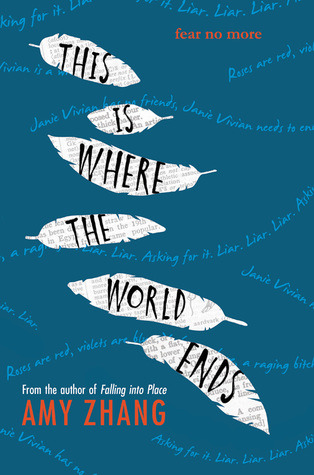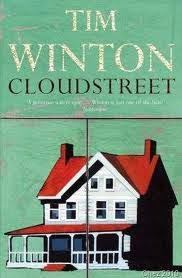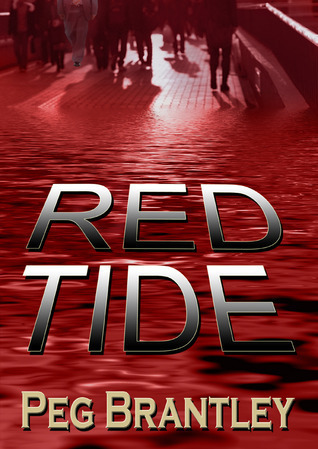By engaging both the visual and the performing arts, it also fosters a dialogue that reaches across the disciplines of art, music, theater, dance, and even fashion design.
– Michael Govan, LACMA CEO and Wallis Annenberg Director
Marc Chagall, Russian born artist, known for his figurative and narrative art, had a far-reaching engagement with music and dance throughout his entire career. He was at the forefront among his contemporaries in creating visual environments for the stage. He achieved a remarkable fusion of boldly dynamic set and innovative costume designs.

The Los Angeles County Museum of Art [LACMA] presents Chagall: Fantasies for the Stage [on view: July 31, 2017 – January 7, 2018], the first U.S. exhibition to spotlight the principal role that performance art and costume design played in Marc Chagall’s artistic career. This exhibition concentrates on the artist’s four theatrical productions: the ballets Aleko, The Firebird, and Daphnis and Chloe; and the opera The Magic Flute. Forty-one vibrant costumes are included out of the hundreds of costumes he created in these productions along with a selection of iconic paintings, rare 1942 film footage of the original performance of Aleko, and nearly 100 preparatory sketches.
By focusing on these four productions created during and after his wartime exile in New York, this exhibition brings to the public’s awareness a lesser known but riveting aspect of Chagall’s career, which began in pre-Revolutionary Russia and traversed the breadth of the 20th century.
– Stephanie Barron, Lacma SENIOR Curator of Modern Art
Costume design is an art form of expression and storytelling. Chagall creates a believable image of a character as part of the art of storytelling. This exhibition involves costumes and a costume exhibition requires a different approach from the exhibition of a painting or a sculpture. Stephanie Barron, senior curator of modern art and organizer of this presentation together with the museum’s costume and textile curators, recognized the special attention and longer lead time this essential part of the exhibit needed.
 LACMA Chagall: Fantasies for the Stage | Aleko
LACMA Chagall: Fantasies for the Stage | Aleko
The costume installation is mounted on mannequins and the construction of mannequins have to be uniquely appropriate for each exhibition. In this show, each of the four theatrical productions exhibited a different type of mannequin. Barron said it took over a month to complete the initial work of dressing each mannequin – each costume required a day’s work. To faithfully reproduce these costumes, the full styling took additional time. Barron notes that each costume has an interior label of the famed dancers.
Costume design starts with sketches. In building each piece you make adjustments based on lighting and set design. Chagall achieved a remarkable fusion between the boldly colorful scenography and original costumes he created.
A view of a few of Chagall’s preparatory works on paper and costume:
From LACMA, background for the four theatrical productions:
AlekoThe Ballet Theatre of New York (now the American Ballet Theatre) commissioned Chagall to design the scenery and costumes for Aleko, a new ballet based on “The Gypsies,” a 1824 poem by Alexander Pushkin. Aleko was choreographed by Léonide Massine, a fellow émigré and former member of Serge Diaghilev’s Ballets Russes. The ballet was set to Pyotr Ilyich Tchaikovsky’s Trio in A Minor.
 LACMA Chagall: Fantasies for the Stage | Aleko
LACMA Chagall: Fantasies for the Stage | Aleko
Aleko was supposed to debut in New York, but stage union regulations would have prevented Chagall from painting the backdrops himself. As a result, the artist; his wife, Bella; Massine; and the Ballet Theatre completed work on the ballet in Mexico. Chagall translated his lively sketches into more than 60 costumes— 11 on view are the only ones remaining. Drawing inspiration from Mexican styles of dress and traditional textile motifs, as well as the music, poetry, and art of his native Russia, Chagall hand-painted the costumes and backdrops, and they have retained their vivid colors after more than 70 years. Bella provided integral support, sourcing materials from Mexican markets and supervising costume fabrication.
In 1942, art critic Edwin Denby wrote of the opening for the New York Herald Tribune that Chagall’s work:
has turned into a dramatized exhibition of giant paintings… It surpasses anything Chagall has done on the easel scale, and it is a breathtaking experience, of a kind one hardly expects in the theatre.
 LACMA Chagall: Fantasies of the Stage | Aleko, Bandura Player, Clown
LACMA Chagall: Fantasies of the Stage | Aleko, Bandura Player, Clown
Aleko premiered at the Palacio de Bellas Artes in Mexico City on September 8, 1942, and opened at the Metropolitan Opera House in New York a month later. In 1943 it was performed in Los Angeles at the Hollywood Bowl.
The FirebirdWith a story based on Russian fairy tales and music composed by Igor Stravinsky, The Firebird premiered in Paris as part of the 1910 season of the Ballets Russes to great critical acclaim. In 1945 the performing arts impresario Sol Hurok decided to produce the work for the Ballet Theatre of New York and commissioned Chagall to create the stage curtain, set designs, and costumes. The artist’s production of The Firebird debuted at the Metropolitan Opera House on October 24, 1945, and was performed in Los Angeles in 1946.
 Chagall The Firebird, 8 Original Costumes, New York City Ballet storage archives
Chagall The Firebird, 8 Original Costumes, New York City Ballet storage archives
The more than 80 costumes he made for The Firebird, 8 costumes on view, were his most inventive to date, particularly those for the fantastical animals and monsters that abound in the ballet’s narrative. Working with his daughter, Ida—who was instrumental to the process—Chagall employed new materials and fabrication techniques, including a combination of sheer and heavy richly colored fabrics, collage-like appliqués, and intricate embroidery.
 Costume for The Firebird; Koschei, 1945, New York City Ballet, New York
Costume for The Firebird; Koschei, 1945, New York City Ballet, New York
In 1949 Hurok sold Chagall’s production of The Firebird to George Balanchine, co-founder and artistic director of the New York City Ballet. Balanchine revised the choreography and in 1970 asked Barbara Karinska to reconstruct Chagall’s costumes, which she did by closely referencing the artist’s sketches, and with his guidance and approval. This production of The Firebird remains in the company’s repertoire.
Daphnis and ChloeIn 1956 the Paris Opera Ballet commissioned Chagall to design new sets and costumes for Maurice Ravel’s ballet Daphnis and Chloe, based on the pastoral romance attributed to the second-century Greek poet Longus and first staged by the Ballets Russes. The color palette and motifs of Chagall’s stage designs were inspired by trips he took to Greece in 1952 and 1954 in preparation for a series of gouaches and lithographs he made illustrating Longus’s work. Chagall’s production of Daphnis and Chloe was choreographed by George Skibine (who also danced the role of Daphnis) and premiered at the Paris Opera on June 3, 1959.
 LACMA Chagall: Fantasies for the Stage | Daphnis and Chloe
LACMA Chagall: Fantasies for the Stage | Daphnis and Chloe
Chagall worked closely with Skibine and the other Paris Opera Ballet dancers to harmonize his costumes with their movements and gestures. His designs incorporated layered appliqués on sheer fabric, and he painted areas of color onto the costumes while the dancers were wearing them in order to ensure the garments emphasized dynamic lines and corresponded with the performers’ motions. Chagall saw the dancers as mobile elements of his original sketches, mirroring the figures he depicted in flight across his backdrops.
 Costumes for Daphnis and Chloe, Shepherdress, 1959, Paris Opéra National
The Magic Flute
Costumes for Daphnis and Chloe, Shepherdress, 1959, Paris Opéra National
The Magic Flute
Chagall’s work for the stage culminated with his costume and set designs for Wolfgang Amadeus Mozart’s opera The Magic Flute. Long an admirer of Mozart, Chagall enthusiastically accepted the invitation of Rudolph Bing, director of the Metropolitan Opera in New York, to create a new production of The Magic Flute for the inaugural season of the Met’s new opera house at Lincoln Center. Chagall’s production premiered on February 19, 1967.
 LACMA Chagall: Fantasies for the Stage | The Magic Flute
LACMA Chagall: Fantasies for the Stage | The Magic Flute
This was Chagall’s only production for opera, and he spent three years designing the fourteen sets and 121 costumes, 14 on view, working in close collaboration with members of the Met’s costume and set design workshops. Many of his works on paper and costume studies incorporate pieces of shimmering gold paper and textured fabric, a collage technique that the artist also employed in creating the costumes for the opera. Chagall sculpted each costume by layering richly dyed textiles and embroidered lines to highlight form and movement.
 LACMA Chagall: Fantasies for the Stage, Papagena, Papageno | The Magic Flute
LACMA Chagall: Fantasies for the Stage, Papagena, Papageno | The Magic Flute
The exhibition is organized by the Montreal Museum of Fine Arts in collaboration with the Los Angeles County Museum of Art.
Initiated by the Cité de la musique – Philharmonie de Paris, and La Piscine – Musée d’art et d’industrie André Diligent, Roubaix, with the support of the Chagall estate.
Share this:- More





